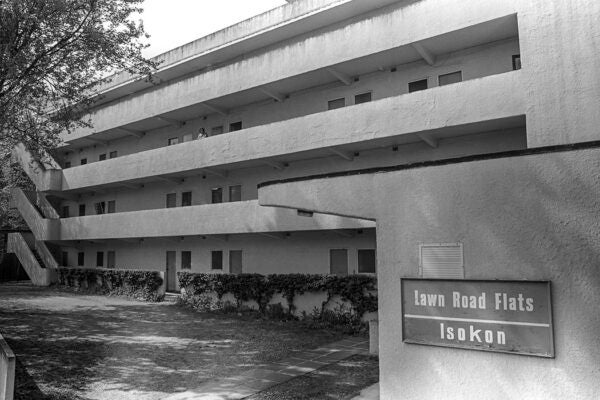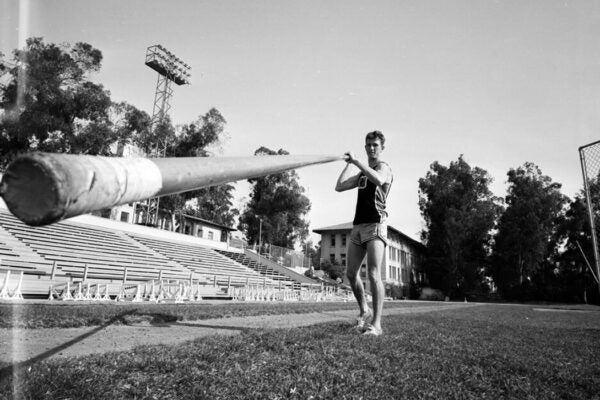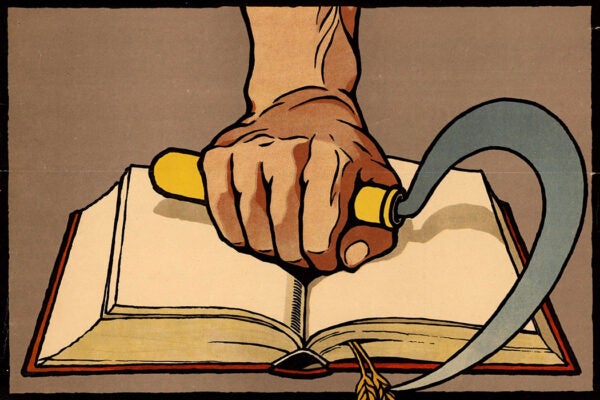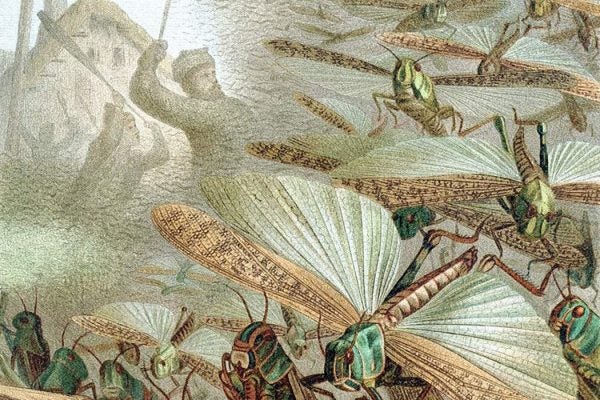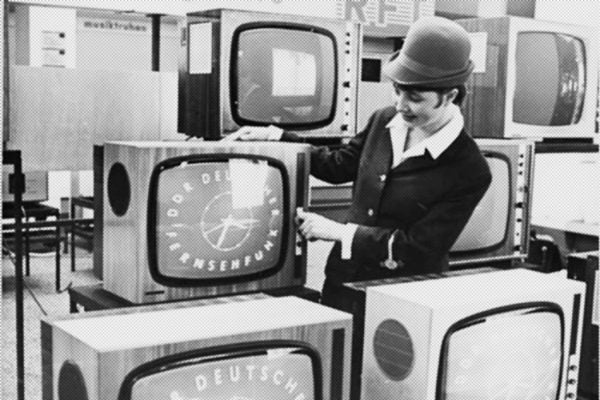The Spy Who Shared My Foyer
Luminaries from Agatha Christie to Walter Gropius gravitated to London’s “Lawn Road Flats.” So too did a far less conspicuous cohort: assets for the USSR.
Pole Vaulting Over the Iron Curtain
When it became clear that the United States and its allies couldn’t “liberate” Eastern Europe through psychological war and covert ops, they turned to sports.
The Birth of the Soviet Union and the Death of the Russian Revolution
The Russian Revolution promised—and for a time delivered—freedom to the peoples of the Tsarist Empire. That freedom ended with the creation of the USSR.
Memorializing Life Under Soviet Terror
A Russian court has ruled the country's oldest human rights organization must be dissolved. The work they do required trust from those who had lived under Stalin.
Early Television in the Soviet Union
Communist Party officials saw potential in the new technology in the 1950s. So did ordinary people, but not always in the same way.
How the Soviet Union Turned a Plague into Propaganda
The fight against locust swarms allowed the Soviet Union to consolidate power over neighboring regions.
The Politics of Drinking in Revolutionary Russia
To leaders, the ideal Soviet worker should be sober. Actual workers had other thoughts.
How Consumerism Sold Democracy to Postwar Germany
After World War II, the United States was battling the Soviet Union for cultural influence. In divided Berlin, the tactics included lavish consumer goods exhibitions.
When Russia Conquered the World with White Oil
Russia was the first source of white oil, a Vaseline-like mix of hydrocarbons used in pharmaceutical, cosmetics, and plastics.
